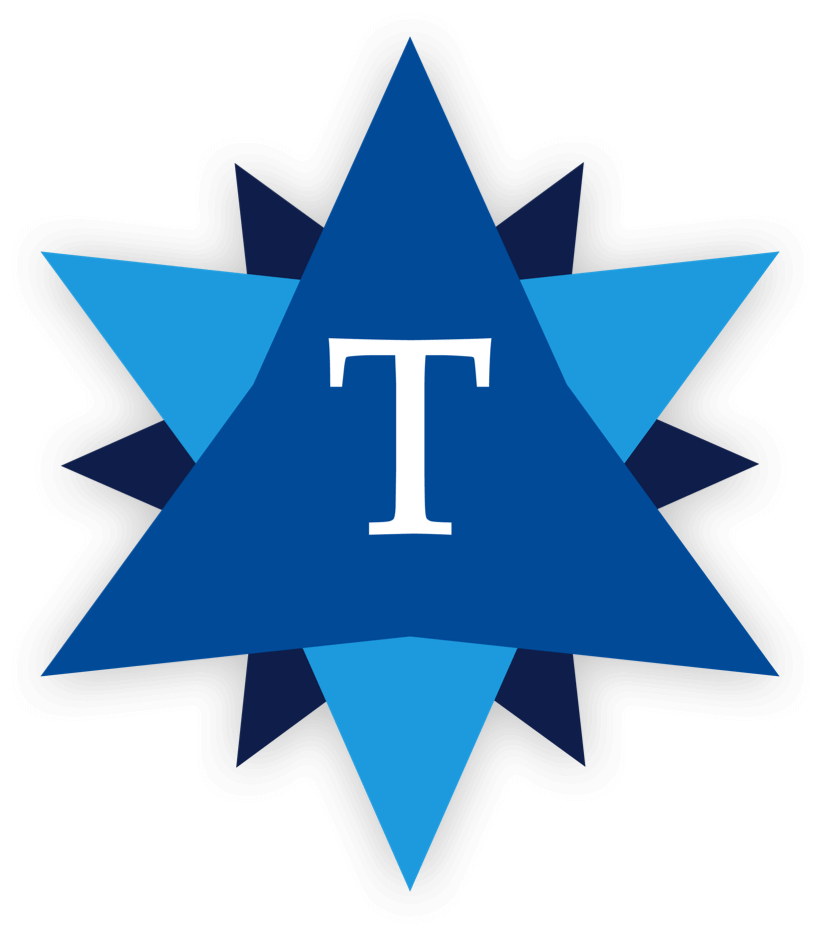Advancing DE&I Starts with U
Former Tambellini Analyst

On October 22, 2018, I was the first CIO to sign on to EDUCAUSE’s CIO’s Commitment on Diversity, Equity, and Inclusion. I was afforded this privilege because, as many now know, I was instrumental in the Commitment’s creation. Its adoption, however, is truly a credit to my many colleagues and friends who served on EDUCAUSE’s Diversity and Inclusion Task Force at that time, as well as to John O’Brien and the wonderful folks at EDUCAUSE who fully supported and believed in the Commitment’s purpose.
Fast forward two and a half years, and over 580 CIOs and senior IT leaders have signed on to the CIO’s Commitment, but not much has changed. In last year’s QuickPoll: The CIO’s Role in Diversity, Equity, and Inclusion, EDUCAUSE found that there is still a gap between intention and execution and that “many staff do not see their CIO living up to the six elements of the CIO’s Commitment.”
There is no doubt that advancing diversity, equity, and inclusion (DE&I) in our organizations can be difficult work, and it can take a long time to see results. Many organizations focus their efforts on the recruiting and hiring processes: tweaking their position descriptions, adding a diversity statement to the job posting, and lamenting the “lack of pipeline” for talent from diverse backgrounds. While these steps are necessary—except the lamenting part—they aren’t sufficient. They may not even be the most important place to start. The most important place to begin, my CIO friends, is by looking in a mirror.
Advancing DE&I in your organization starts with you. It takes leadership commitment in both word and example—not only “talking the talk” but “walking the walk.” It begins with reflecting on why DE&I is important to you. Consider the statement “I want a more diverse, equitable, and inclusive workplace because….” What is your “why?” It also means gaining some fundamental knowledge about DE&I-related issues and developing an understanding of your own privilege, biases, and prejudices. You cannot change what you don’t understand. Though examining your own biases can be scary, it is absolutely essential.
Once you have developed this purpose and understanding for yourself, you are better able to lead your organization in its DE&I work. You can take additional steps–for yourself and for your organization–to demonstrate your leadership commitment to DE&I.
Action Steps for Yourself
- Whether you’re a DE&I newbie or a seasoned pro, recognize that there is always more to learn, and keep educating yourself.
- Model inclusive behavior. For example, work to eliminate the use of gendered language when speaking with mixed-gender groups.
- Publicly acknowledge and correct yourself when you inadvertently say or do something that is not consistent with your commitment to DE&I. It happens to all of us!
- Actively seek out people from underrepresented communities to mentor and sponsor.
Action Steps with Your Team
- Publicly express to the full IT team your commitment to DE&I and why it is important for your organization.
- Develop a vision, plan, and metrics for DE&I within your IT organization. If this feels daunting, enlist an on-campus colleague (e.g., chief diversity officer), peer (e.g., another CIO), or external partner (e.g., Tambellini analyst) to help you develop these.
- Regularly and transparently discuss DE&I topics and initiatives, and report on progress toward metrics with the full IT team.
- Incorporate DE&I into professional development plans and performance goals.
There are many great resources for advancing your—and your team’s—understanding of DE&I, but I thought I would leave you with a few of my favorites.
- Better Allies: Author Karen Catlin provides clear, actionable steps for being an ally and creating more inclusive environments in her weekly newsletter and on her Twitter feed. I learn something new every week!
- Anti-Racism in Academia (ARiA): This program is designed to create meaningful dialogue around racism and provides strategies for creating a more inclusive culture in higher education.
- A Practical Guide for IT Leaders: Diversity, Equity, and Inclusion in Higher Education IT: This Tambellini guide provides IT leaders with actionable steps for maturing their DE&I practices in four areas: Leadership Commitment, Recruiting and Hiring, IT Culture, and Technology Design.
- EDUCAUSE Diversity, Equity, and Inclusion Resources: EDUCAUSE has curated an array of DE&I resources for IT leaders to educate themselves and cultivate DE&I on their teams.
Categories
Share Article:

Other Posts From this Author:
© Copyright 2025, The Tambellini Group. All Rights Reserved.